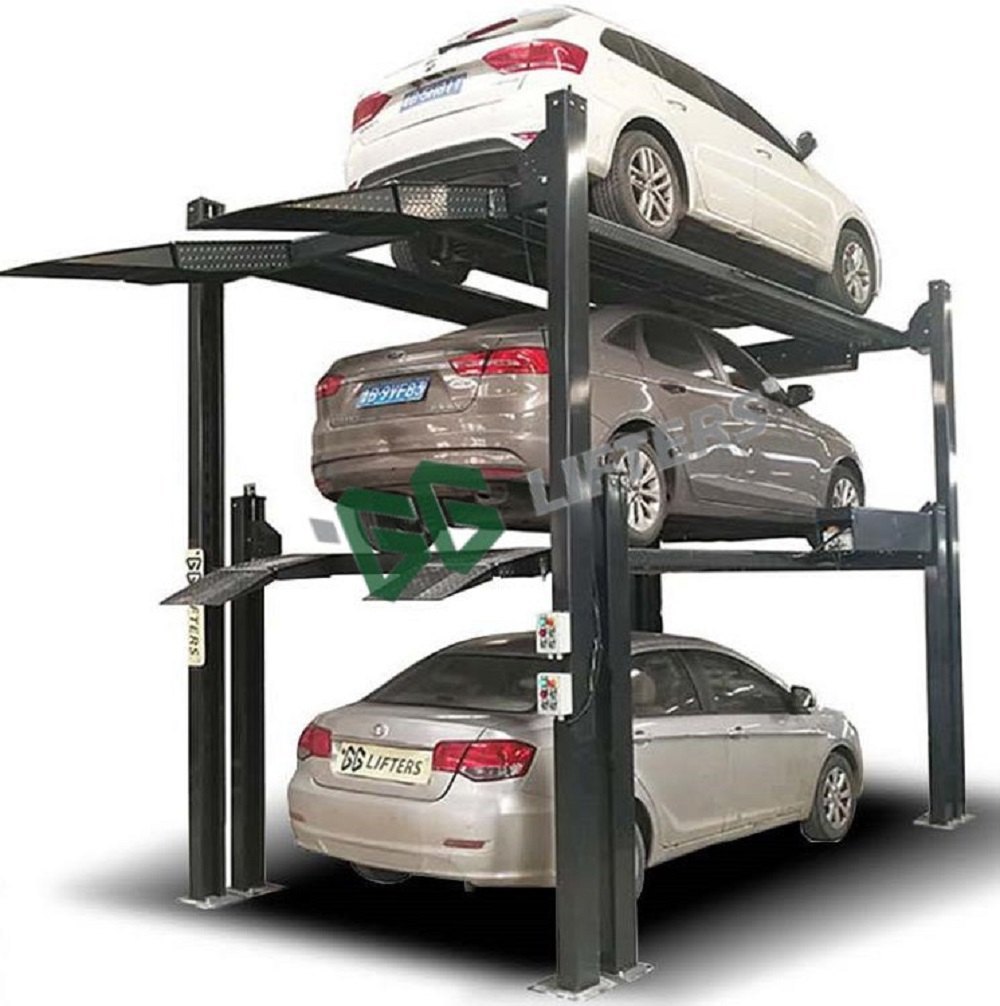As urban areas continue to expand, parking space has become one of the most pressing challenges for residents, businesses, and city planners. A stack parking system offers a modern solution by allowing cars to be parked in vertical layers, making better use of limited ground space. This system is increasingly in demand in metro cities, where land is costly, and efficient parking management is crucial for smoother urban living.
What is a Stack Parking System?
A stack parking system is a mechanical arrangement designed to park multiple cars in the footprint of a single traditional parking slot. Vehicles are stacked vertically using hydraulic lifts or automated platforms. This innovative approach saves space and ensures that available land is used efficiently. For cities like Mumbai, Delhi, and Bangalore, where real estate is at a premium, stack parking systems are proving to be a practical and cost-effective solution.
Why Urban Areas Need Stack Parking Systems
In growing metropolitan areas, the number of vehicles far outpaces the availability of parking spaces. Traditional parking methods lead to congestion, long waiting times, and increased traffic issues. Stack parking systems not only reduce space requirements but also ease traffic flow around commercial and residential complexes. By maximizing vertical space, they address urban congestion while offering convenience to both drivers and property owners.
Advantages of Using a Stack Parking System
One of the most significant advantages of stack parking is space optimization. These systems allow developers and property managers to accommodate more cars without requiring additional land. They also reduce parking time, minimize driver stress, and provide organized layouts for high-density areas. Additionally, stack parking systems improve safety by reducing chances of accidents or damage, as vehicles are parked in dedicated slots using controlled mechanisms.
How Stack Parking Systems Work
The working of a stack parking system is based on hydraulic or electric lifts that raise vehicles to upper levels while leaving space below for additional cars. Operators or automated sensors control the movement, ensuring smooth handling. Depending on the design, the system can be semi-automatic or fully automatic. Semi-automatic models require some driver involvement, while fully automated versions function with minimal human input, ensuring efficiency and convenience.
Types of Stack Parking Systems
There are different types of stack parking systems, depending on the design and space requirements. Two-level stack parking is the most common, allowing two cars to park in a single slot. Multi-level stack systems extend this concept further by offering three or more levels. Some systems are pit-type, where the lower vehicle is parked below ground level, while others are over-ground, designed for buildings with limited open areas.
Stack Parking System in Residential Complexes
Residential complexes in Indian cities often struggle with limited parking capacity. Stack parking systems provide an effective way to resolve disputes over parking spaces and enhance convenience for residents. Developers increasingly integrate these systems in new housing projects, adding long-term value. With the rising number of personal vehicles, residents prefer secure and hassle-free parking solutions, making stack systems a highly desirable amenity in modern housing societies.
Commercial Benefits of Stack Parking Systems
For commercial properties, such as shopping malls, office complexes, and hospitals, stack parking systems ensure smoother visitor management. Businesses benefit by accommodating more cars within restricted premises, improving customer satisfaction. Moreover, providing adequate parking facilities directly impacts customer footfall and brand image. For businesses located in congested city areas, implementing stack parking not only saves operational costs but also strengthens their competitive edge.
Technology Behind Modern Stack Parking Systems
Today’s stack parking systems incorporate advanced technology for ease of use and reliability. Automated control panels, motion sensors, hydraulic lifts, and smart parking management software ensure safety and convenience. Some advanced models are integrated with mobile apps, enabling users to book or locate parking slots in real time. This combination of mechanical strength and digital intelligence makes stack parking a smart investment for futuristic infrastructure.
Safety Features in Stack Parking Systems
Safety is a critical aspect when adopting stack parking systems. Modern designs include anti-fall mechanisms, emergency stop functions, and overload sensors. Additionally, platforms are built with durable materials to support heavy vehicles. Regular maintenance and inspection ensure reliable performance. For both property owners and users, these safety features enhance trust and make stack parking systems a secure alternative to conventional parking methods.
Environmental Benefits of Stack Parking Systems
Stack parking systems also support sustainable urban living. By reducing the land required for parking, they preserve green spaces and minimize the need for large concrete lots. Additionally, the organized system reduces traffic congestion, cutting down fuel consumption and emissions caused by cars searching for parking. This eco-friendly approach contributes to creating smarter, greener cities with more efficient use of resources.
Stack Parking System vs. Traditional Parking
Compared to traditional parking, stack parking systems offer clear advantages in terms of capacity, safety, and convenience. Conventional parking lots require large horizontal areas, while stack systems optimize vertical space. They also eliminate the chaos of haphazardly parked vehicles, making the process smoother and faster. In growing Indian cities, this modern method is rapidly replacing outdated parking setups, aligning with the increasing demand for smart urban infrastructure.
Future of Stack Parking Systems in India
The future of stack parking systems looks promising in India, driven by rapid urbanization and rising vehicle ownership. Government initiatives for smart cities are further boosting demand for modern parking solutions. With technology advancements, systems will become more affordable, automated, and user-friendly. Over the next decade, stack parking systems are expected to play a central role in shaping efficient, sustainable, and organized urban environments across Indian cities.
A stack parking system is no longer just a luxury but a necessity in modern urban planning. By offering space efficiency, safety, and convenience, it has become the preferred choice for residential, commercial, and public spaces. As cities continue to grow, the demand for innovative parking solutions will only rise. Investing in stack parking systems is a step toward smarter cities, improved mobility, and sustainable living in India’s rapidly urbanizing landscape.



